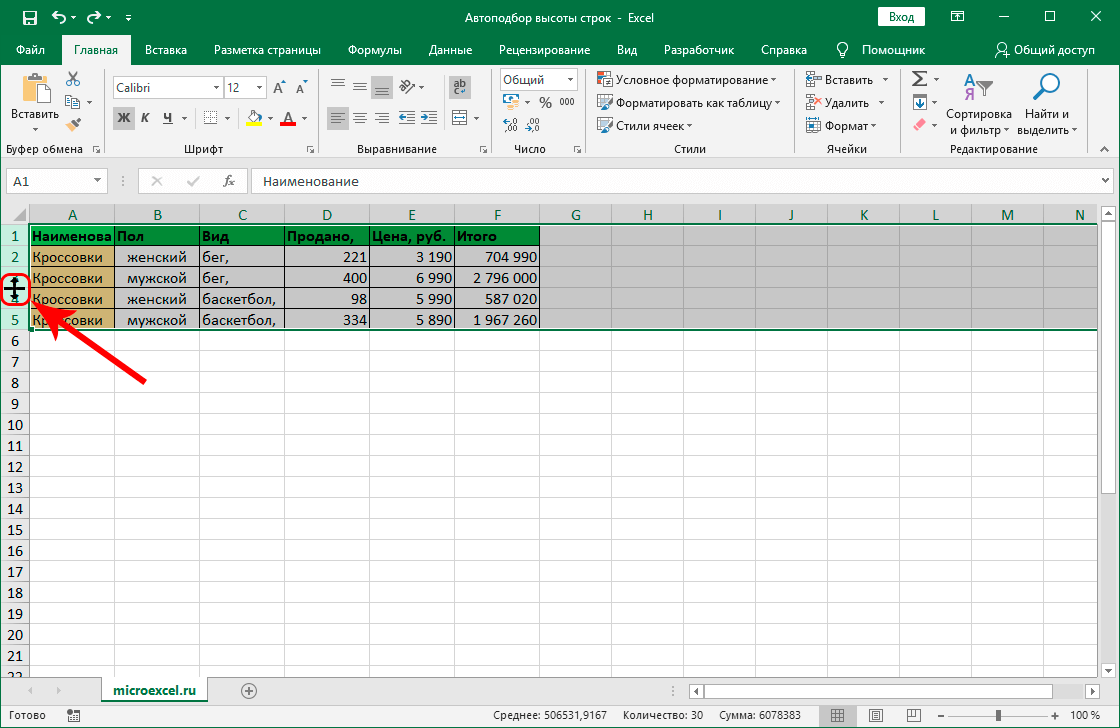

To adjust cell sizes by using the buttons within the table’s “Layout” contextual tab in the Ribbon, select the cells whose height and width you want to adjust.Then click and drag to adjust the column width or row height.To adjust row height and column width in Word tables by using the mouse, place the mouse pointer over the border of the column or row to adjust until the mouse pointer turns into a double line with an intersecting arrow.Adjust Row Height and Column Width in Word Tables: Instructions Then click either the “Distribute Rows” or “Distribute Columns” button in the “Cell Size” button group on the table’s “Layout” contextual tab in the Ribbon to distribute the selected columns or rows equally over the selected area. To do this, select the columns or rows to evenly distribute. For example, if you had three adjacent columns of unequal sizes in a table, you could select them and then resize them so each one was the same width over the selected area. Then select the method of adjustment to apply: “AutoFit Contents,” which resizes the cells to fit their content “AutoFit Window,” which stretches the table across the page to fit the window or “Fixed Column Width,” which lets you set the widths of the columns by hand using the techniques you just learned.Īdjust Row Height and Column Width in Word Tables- Instructions: A picture of a table in Word being adjusted by using the “AutoFit” button in the “Layout” tab of the “Table Tools” contextual tab in the Ribbon of Word.Īnother way to adjust row height or column width in Word tables is to equally distribute the spacing allocated to a selection of rows or columns. Then click the “AutoFit” button in the “Cell Size” button group on the table’s “Layout” contextual tab in the Ribbon. To do this, first select the cells to automatically adjust. You can also use the “AutoFit” button to apply automatic adjustments to selected cells. Then use the “Height:” and “Width:” spinner boxes to set the height and the width of the selected cells. To do this, first select the cells whose width or height you wish to adjust. At that point, you then click and drag to adjust the column width or row height.Īdditionally, you can also use the commands in the “Cell Size” button group on the table’s “Layout” contextual tab in the Ribbon to adjust row height and column width in Word tables. When you are in the correct place, the mouse pointer turns into a double-line with an intersecting arrow. To do this, place your mouse pointer over the border of the column or row to adjust. You can adjust row height and column width in Word tables using the mouse. QuickBooks Desktop (PC/Windows) 2022-2015Īdjust Row Height and Column Width in Word Tables: Overview.
Excel row height fit text mac os#
Mac OS Ventura-Mojave Keyboard Shortcuts.Select Case Sheet1.Range("O1").Value ' is this another sheet?ĪctiveSheet.ListObjects("tblPatients").Range. If Len(targetCell.Value) > 60 Then targetCell.wrapText = True Cells.RowHeight = 15 ' set all rows to 15 height Set targetRange = Range(w.Cells(1, 7), w.Cells(Rows.Count, 7).End(xlUp)) 'lastRow = w. ' this is a quite bad and unstable idea, see below a better one I wonder if there is something obvious how I could achieve the same but in a more efficient way? Thanks. '\restore normal XL settings for application ' This checks value of "O1" - I store 1 there if a custom filter is onĪctiveSheet.ListObjects("tblPatients").Range.AutoFilter Field:=6ĪctiveSheet.ListObjects("tblPatients").Range.AutoFilter Field:=6, Criteria1:="=" Set targetRange = Range("G3:G" & lastRow) I base it on condition - if cell text is longer than 60 char, then wrap text and set row height. I wonder if there was a better way to set row height. I wrote a routine called through click of a button and it works, but is slow (takes a few seconds for a table with 200 entries and could become longer if we have a couple of thousand records). I have built a spreadsheet that at times requires to view "Notes" column so that all the text is visible, and sometimes so that all rows are the same height (15 works well).


 0 kommentar(er)
0 kommentar(er)
